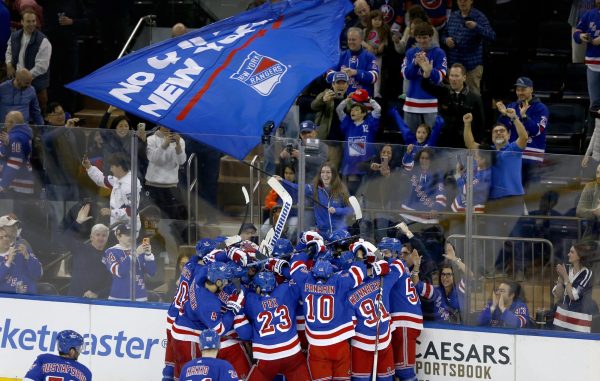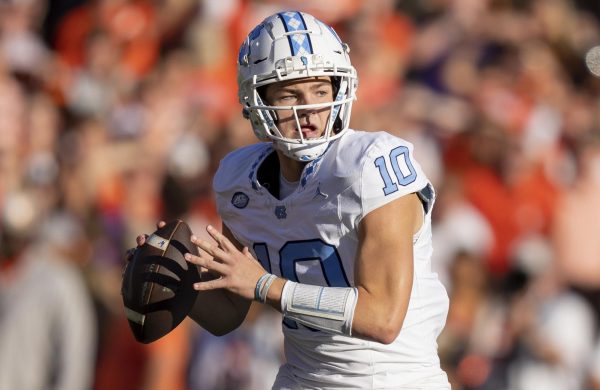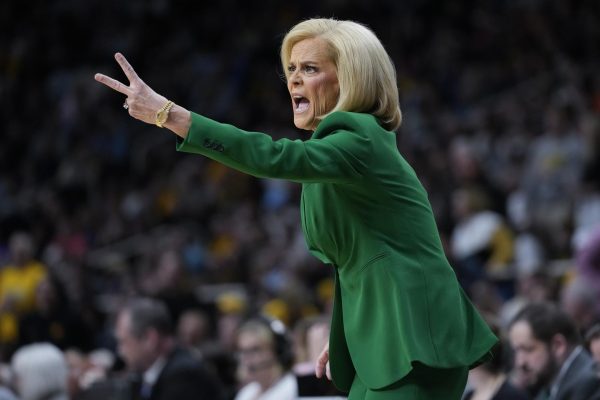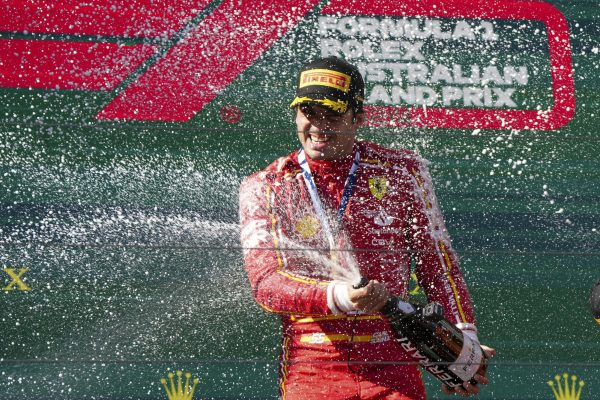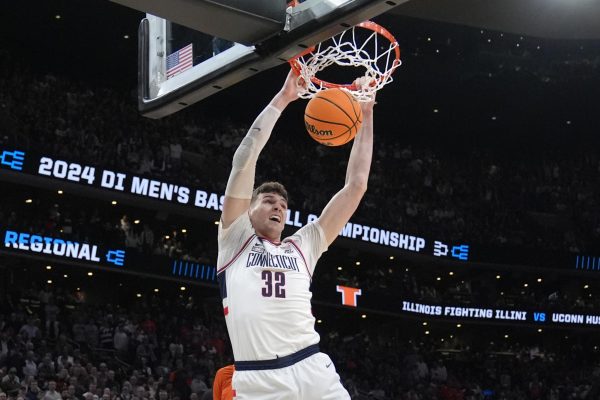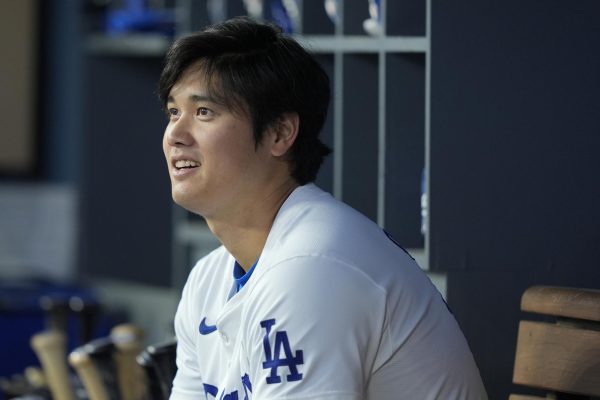Is This the End of the NHL Shootout?
Over the past twenty years, hockey has evolved significantly in how it is played, coached and regulated. Players are stronger and faster than ever, thanks to off-ice training regiments and advancements in equipment technology. This trend has been accompanied by coaches’ decisions to shift away from the classic fourth line enforcer in favor of grinders, talented enough to produce while still tough enough to scrap. However, the most dramatic changes relate to how a game is resolved in the case of a tie at the end of regulation.
In the 1999-2000 season, the National Hockey League (NHL) introduced the sudden death overtime to eliminate any incentive to play for a tie and the league saw results immediately. In games tied at the end of regulation and in the overtime, fans saw intense action. During the NHL lockout in 2004-2005, the League once again changed the overtime rules to one five minute overtime period followed by a shootout if the game was not resolved. This served to shorten game lengths and provided an exciting platform for individuals to showcase talent. Now looking ahead to the 2015-2016 season, the landscape of overtime hockey may be shifting yet again.
The shootout has been criticized by professional players and coaches alike since its introduction. The main grievance is that it eliminates the team aspect of the game that is so vital to hockey.
“It doesn’t have anything to do with the game you just played. It’s just so dramatic when you lose,” Boston Bruins Goaltender Tuukka Rask said in a 2013 interview, conveying his displeasure with the shootout system.
While Rask is not alone in his feelings for the shootout, there remains the question of what should replace it. The answer might be playing out right now in the American Hockey League (AHL). During this season, the AHL – the second highest professional hockey league in North America – has tested out a new seven-minute overtime period before going to a shootout. The first four minutes of this overtime period are played the conventional way, 4-on-4, but if the game goes into the last three minutes of overtime they switch to 3-on-3. If the game is still not decided after seven minutes, only then is there a shootout.
While the system has taken some getting used to, especially in terms of coaching strategy, it has produced the desired effect of fewer shootout endings. As of February 9, about ten games past the halfway point in the AHL Season, no team has played more than six games to a shootout. One team, the Hamilton Bulldogs, has yet to play in a shootout this season. By comparison, the Vancouver Canucks have the lowest number of shootout appearances in the NHL with three in the season.
For those fans who lament the idea of losing the compelling drama of the shootout, 3-on-3 hockey provides that spectacle and more. The most popular comparison to the 3-on-3 overtime is that of pond hockey: fast paced play with a lot of odd man rushes. This type of action would be exciting at the high school level and would be even more thrilling in the NHL. The room added on the ice by removing one more player provides the same platform to showcase skill as a shootout does, while including a resemblance to team hockey that the shootout does not.
Over the season, originally skeptical AHL coaches, such as Ray Sommer of the Worchester Sharks, have grown to like the 3-on-3 System.
“If you put your three best NHL players against each other with all that ice and creativity, man, it would be something to watch,” Sommer said earlier this season.
“As much as shootouts are fun to watch, I’m not a big fan of them, because it stinks to finish a game on a non-hockey play,” said Colorado Avalanche forward Matt Duchene in an interview with the Associated Press, sharing his excitement about the prospect of the new overtime structure.
Despite the enthusiasm surrounding the potential change, there remains the question of actual implementation. During the General Managers’ meeting this past November, Ken Holland of the Detroit Red Wings, a long time proponent of changing overtime, brought the issue up once again.
“Whether it remains 4-on-4 or goes from 4-on-4 to 3-on-3, certainly seems to [be] gaining some traction and we’re going to have a long conversation about it in March,” said Holland to NHL.com after the meeting, explaining that there was interest in overtime extension throughout the league.
I personally am eager to see this change come to pass, but until March there seems to be little to discuss on the issue. For now I am going to sit back and enjoy the shootouts that are left because they might not be around for long.




